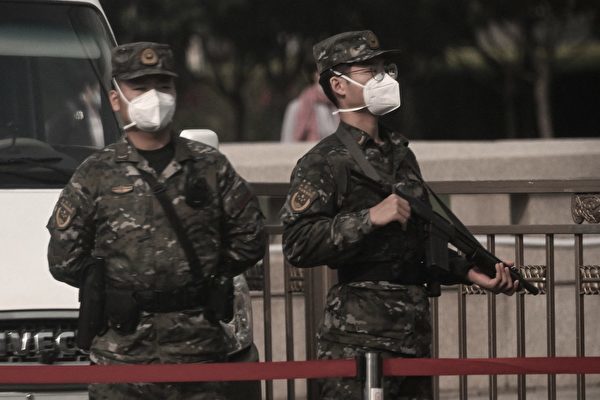Image: Heliostat panels at a molten salt solar thermal power plant in Jiuquan, China, on June 2, 2023. (Photo by Hu Chengwei/Getty Images)
People News - With China's traditional economic pillar—the real estate sector—slumping, local governments reliant on land sales for revenue and various related industries are facing mounting debt and operational difficulties. Amid this economic downturn, the new energy sector, including wind and solar power, has seemingly become a key focus of government policy support in recent years.
According to a report by Radio Free Asia (RFA), after widespread government promotion of solar farms covering barren hills and wind turbines rising along coastal shallows, China’s National Development and Reform Commission (NDRC) and the National Energy Administration (NEA) recently issued a notice titled "On Deepening the Market-Oriented Reform of New Energy Grid Tariffs to Promote High-Quality Development." The sudden announcement left many industry insiders puzzled about the underlying motives and policy background behind the push for market-driven electricity pricing for renewable energy.
When searching Chinese internet discussions on Sunday, RFA journalists found netizens questioning the move. Some sarcastically wondered: "Has Chairman Xi’s concept of 'new productive forces' already become outdated?"
During last year's "Two Sessions" (China’s annual legislative meetings), the government work report emphasized "accelerating the development of new productive forces" as the top priority among ten key tasks. According to state media, Xi Jinping first introduced the term "new productive forces" during his visit to Heilongjiang in September 2023. The concept was subsequently highlighted at the Central Economic Work Conference in late 2023 and again at the Politburo meeting in February 2024. Although not as futuristic as artificial intelligence, big data, or cloud computing, renewable energy—especially as an alternative to coal-fired power—has received strong policy support.
So why has the NDRC’s latest notice caused unease in the industry? A Reuters report from Beijing on Sunday indicated that the move signals the Chinese government is taking steps to scale back subsidies for renewable energy projects following a surge in solar and wind installations.
According to an official statement published by Xinhua News Agency on Sunday, China has introduced numerous pricing, fiscal, and industrial support policies since 2009 to prioritize wind and solar energy development. By the end of 2024, China’s installed renewable energy capacity is expected to reach approximately 1.41 billion kilowatts, accounting for over 40% of the country’s total power capacity—surpassing coal-fired power installations.
However, an official from the NDRC and NEA warned that as renewable energy expands rapidly, fixed electricity pricing mechanisms fail to reflect actual market supply and demand conditions. Moreover, renewable energy producers are not bearing a fair share of the costs for power grid regulation. As a result, a deeper market-oriented reform of grid tariffs is urgently needed to optimize market mechanisms and ensure high-quality industry development.
Observers note that China's "whole-nation system" approach has driven economic growth in specific industries. However, with the reduction of government subsidies, will China’s renewable energy sector follow the same trajectory as the semiconductor and electric vehicle industries, which faced intense domestic competition and market turbulence? Reuters specifically pointed to declining subsidies for solar farms, warning that in an already oversupplied global market, this could trigger a sharp drop in solar panel prices, threaten the survival of small manufacturers, and even lead to business failures.










News magazine bootstrap themes!
I like this themes, fast loading and look profesional
Thank you Carlos!
You're welcome!
Please support me with give positive rating!
Yes Sure!